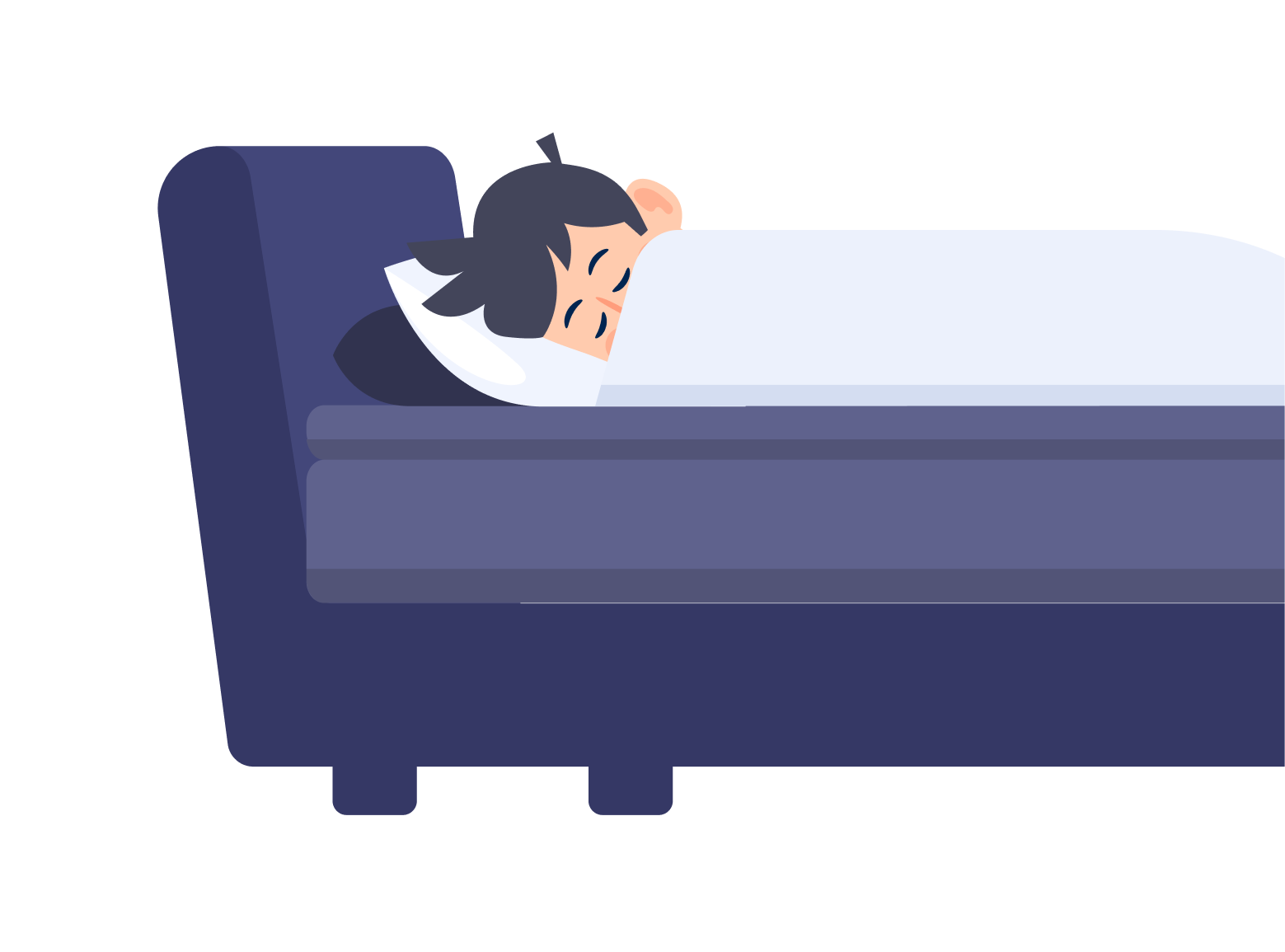Have you ever woken up from a sleep paralysis dream—aware of your surroundings but unable to move or speak? This strange and frightening experience is known as sleep paralysis, a state between dreaming and waking where your body stays frozen while your mind wakes up. Understanding the sleep paralysis dream meaning can help you overcome fear and take back control of your nights.
Track and analyze your dreams with Dreamly — your intelligent dream journal for Android and iOS.

What Is a Sleep Paralysis Dream?
A sleep paralysis dream happens when your brain wakes up during REM sleep while your body remains temporarily paralyzed. This mismatch causes awareness during muscle atonia—the natural immobility that stops you from acting out dreams. The result feels like being awake inside a dream, unable to move.
Why Sleep Paralysis Dreams Happen
- Interrupted REM sleep: Waking up too quickly from REM can trap you between sleep and consciousness.
- Emotional intensity: Stressful or vivid dreams can prolong REM effects.
- Dream residue: Dream imagery lingers, leading to vivid hallucinations.
- Stress and fatigue: Anxiety and lack of sleep increase episodes.
Common Hallucinations During Sleep Paralysis Dreams
- Intruder sensations: Feeling a presence or hearing footsteps.
- Chest pressure: A heavy weight or suffocation feeling.
- Floating or falling: Out-of-body sensations tied to dream movement.
Who Experiences Sleep Paralysis Dreams?
- Teens and young adults (14–25)
- People under chronic stress or anxiety
- Shift workers or those with irregular sleep schedules
- Those who sleep on their back
Psychological & Spiritual Meaning
Psychologically, sleep paralysis dreams reflect stress, suppressed emotions, or disrupted REM cycles. Spiritually, many view them as moments of heightened consciousness—symbolizing the thin veil between body and mind.
How to Prevent Sleep Paralysis Dreams
- Keep a consistent schedule: Go to bed and wake up at the same time daily.
- Reduce stress: Practice meditation, breathing, or journaling.
- Limit caffeine and alcohol: Especially before bedtime.
- Sleep on your side: This reduces REM intrusion and episodes.
What to Do During a Sleep Paralysis Dream
- Stay calm: Remind yourself that it’s temporary and harmless.
- Move small muscles: Try wiggling your toes or fingers.
- Focus on breathing: Deep, steady breaths calm panic.
- Visualize safety: Imagine waking fully or switching scenes.
When to Seek Help
See a sleep specialist if you experience sleep paralysis dreams often, lose sleep from anxiety, or suspect sleep apnea or narcolepsy. Tracking your dreams in the Dreamly App helps reveal triggers and progress.
Bottom Line
The sleep paralysis dream meaning isn’t supernatural—it’s biological. Understanding the cause turns fear into control. With good sleep habits, relaxation, and awareness, you can minimize or even end these episodes for good.
Ready to sleep peacefully again? Start using Dreamly — your smart dream tracker for Android and iOS.








